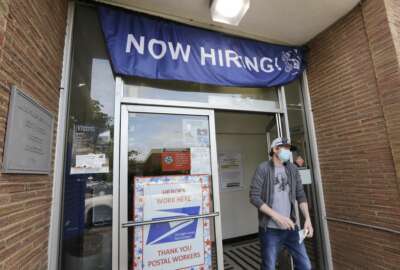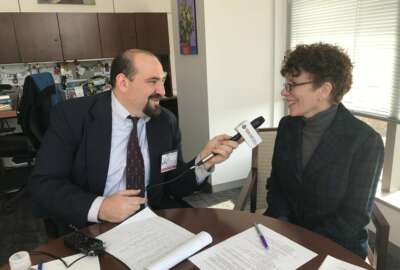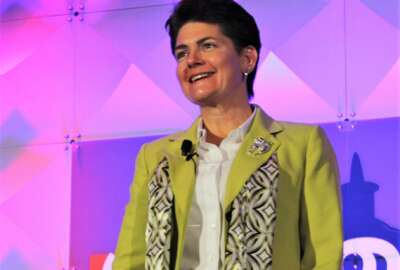
Smooth switch to telework was years in the making
IT Modernization became an even higher priority for federal agencies once COVID-19 landed on the United States like a ton of bricks earlier this year. Two peopl...
IT Modernization became an even higher priority for federal agencies once coronavirus landed on the United States like a ton of bricks earlier this year. Two people leading the IT Modernization charge in the nation’s capital can both be found at the Office of Management and Budget: Federal Chief Information Officer Suzette Kent and Deputy Federal CIO Maria Roat.
Roat, who left the Small Business Administration last month after nearly four years, said SBA’s digital transformation, over time, prepared the agency for the coronavirus pandemic.
“We were able to very easily flip to telework, which allowed us to focus on all the activities in the surge related to the disaster activities … the CARES Act … the Paycheck Protection Program, and the [Economic Injury and Disaster Loans] and grants,” Roat said on Digital IT Modernization month. “And part of the lessons learned is we had a lot of existing and cloud-based capabilities. And we have the staff already that understood that technology. So as we ramped-up to meet the demands of both EIDL and PPP, the staff was there, our vendors were there. So we were able to turn up capabilities and add more capabilities very fast.”
Roat said that they were adding a couple of thousand people, while simultaneously teleworking and getting everything squared away for their “vendor partners.”
“I can’t say enough about our vendor partners. That was one of the lessons learned. We had established contracts, established vendors. And they really came through when we needed them to move very fast,” Roat said on the Federal Drive with Tom Temin.
Kent also pointed to preparation that led to a smooth road during the chaos of the pandemic’s early days.
“We’ve been talking about modernization for a long time,” Kent said. “We made progress on using commercial platforms for key business processes and changing both. Not just the tech, but the business.”
Kent said they were talking about IT Modernization every day, leading some people to assume and “take for granted” that all was well.
“So what this particular challenge did was put all of that up top of mind,” she said. “The need to act quickly and scale quickly became mission critical. The ability to reach into things that we were going to do, maybe later in the year, and pull forward and expand those across all agencies happen, you know, very quickly.”
Kent also discussed her role as chairwoman of the Technology Modernization Fund, which evaluates project proposals submitted for funding in accordance with the Modernizing Government Technology Act.
“When we talk about broad scale transformation, modernization, those are things that we do in a single year. That doesn’t take six months,” Kent said. “Those are multi-year commitments that engage the business and the technology team, in most cases citizens and mission-serving individuals. And so the technology modernization fund is a vehicle to do that.”
Copyright © 2024 Federal News Network. All rights reserved. This website is not intended for users located within the European Economic Area.
Peter Musurlian is a producer at Federal News Network.
Follow @PMusurlianWFED
Related Stories





